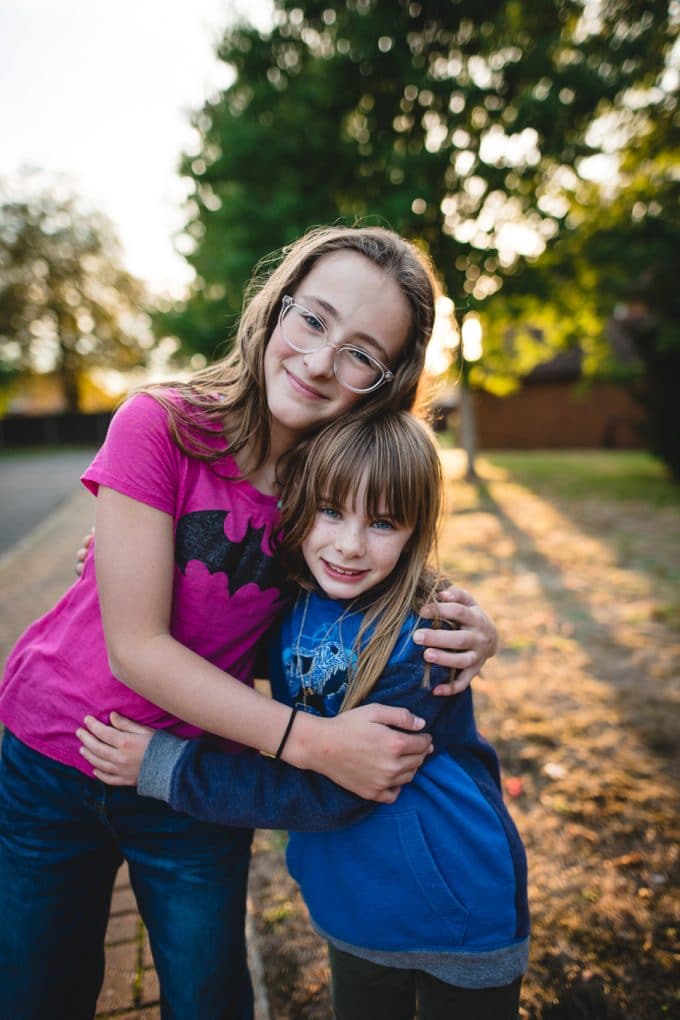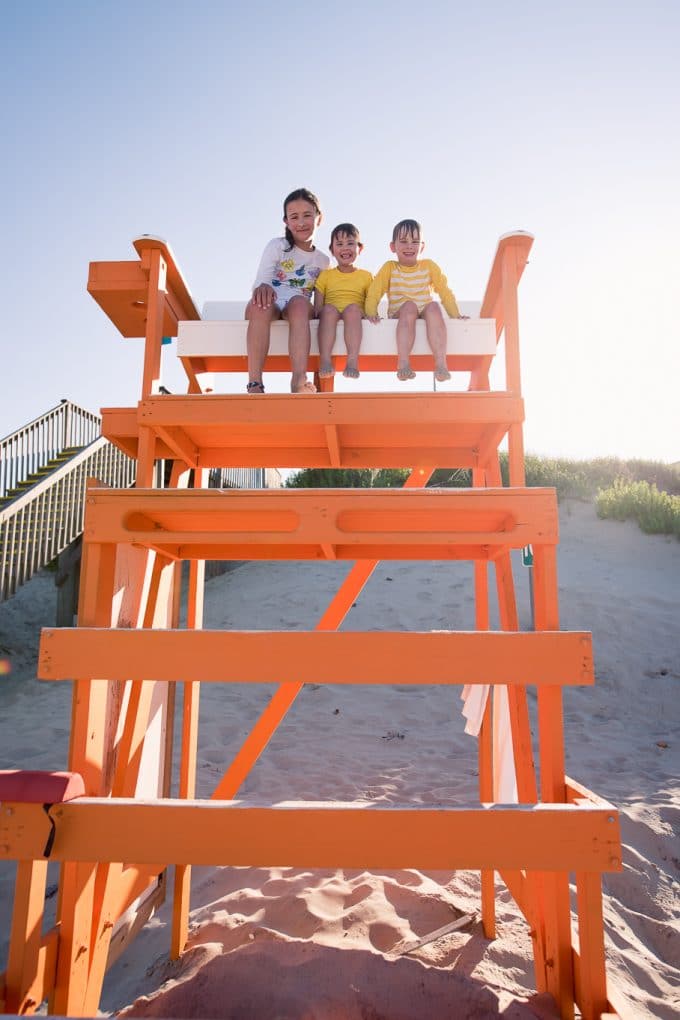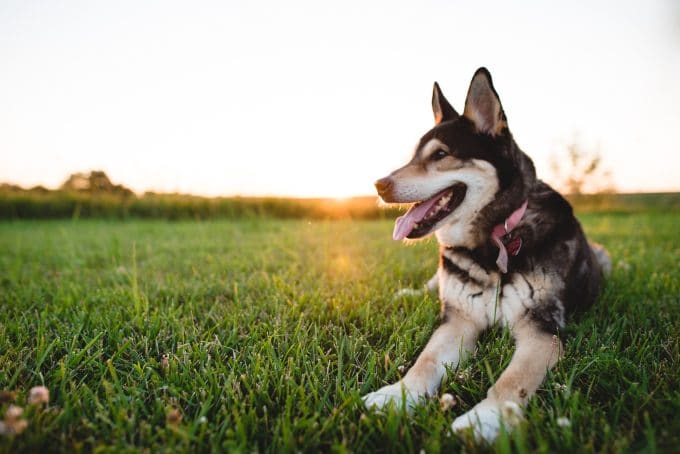Shooting into the light is my favorite. With the glowing sun dropping down low behind my subject, I can’t help but get my camera out and snap a few backlit photographs. I receive emails all the time from people asking what the trick is to try backlighting photography.
Most often people say their images are dark or they can’t focus into the light, don’t know how to find the light or have no clue how to position their subject.
While this takes lots of practice & requires different settings/set ups for different lighting situations, here are some general tips. I hope this helps some of you!
Table to Contents
What is backlighting?
Let’s start with a quick explanation of this photography term. Backlighting is when you put the subject of the photo in front of the main light source. Therefor the light will be behind your subject while you are in front of your subject.
Many photographers, including myself, will use this style to make an every day image really stand out by illuminating the subject from behind.

Read more: Everything You Need to Know for Unique Lens Flare Photos
How to use backlighting in photography
There are many advantages to using backlighting photography. First your photos will draw the viewer in because they will be unique. It will probably include a nice sun flare or maybe even a dramatic silhouette.
Always keep your eye out for moments where the sun is low and you could create a nice glowing frame around your subject. That’s a perfect time to utilize backlighting.
Use when trying to avoid squinty eyes
Try using backlighting when the sun might cause your subject to squint. I know if might sound opposite, but turn your subject around and then readjust your settings.
Backlighting really helps keep everyones eyes open in group photos too.
This will get rid of all the squinty eyed photographs you have on the beach.
Read more: Beach Photography
Expect to practice
This skill takes a lot of practice and trail and error. Especially since the outdoor light is every changing. You want your subject to be properly exposed. These next few tips should help you successfully attempt this skill.
Backlighting photography outdoors
If you are shooting outdoors, you would ideally go out during golden hour. That is the short period of time after the sun rises or before the sun sets. This is the magical time that gives you a nice glowing sun with out all of the harshness.
Read more: Essential Landscape Photography Tips for Breathtaking Photos

Backlighting photography indoors
You can also practice this skill indoors using a light of any kind. You can use a window, a flashlight, any light that you can place behind the subject.
It might even be easier to practice this indoors with a light that isn’t changing.
Read more: How to master indoor light photography light with window light
8 Simple steps for Backlighting
1. Spot Meter
Spot metering will help you adjust your settings using just your subject rather than the whole frame. It is necessary in order to illuminate your subject. If you meter in another mode your subject will be too dark.
Put the spot on your subject and then follow the next step to properly expose your subject.

2. Overexpose your image
Don’t trust your meter when shooting into light. You will need to overexpose the meter to get proper exposure (unless you are going for a dark, dramatic, silhouette type feel).
Keep an eye on your highlights & the details in your image…you don’t want to over do it because lost detail is hard to get back during processing.
After you take your photo, go back and look at your camera and make sure you captured your subject how you wanted it. Check the highlights and details. If you need to… go back and reshoot.
3. Use a lens hood
Use it! It will help your camera focus when shooting into the light. If you don’t have one, you can cup your hand around your lens to shield out some of the light & grab focus easier.
A lens hood should come with most lens. It is the extra piece that easily lock onto the end of the lens.
4. Study
Watch the light around you all day everyday. Think about how it falls when indoor & where/what times the light would be nice for portraits. Go around your house throughout one day and actually take note of the light type and shadows coming from your windows. This will help you plan for a perfect backlighting photography shot.
Obviously if you want to achieve backlit images outdoor you will need to stick as close to sunrise/sunset as possible for those golden tones & soft light.

5. Move around
If you don’t like the look you’re achieving simply move around your subject. This will change the way the light affects your image: to produce haze or rather to clean up your image.
Similarly you can move your subject to achieve the same results. Even just standing up or crouching down in the same spot will give you different results. Play around & see what you like best.
6. White balance
Try to get it right in camera! I use Kelvin outdoor & usually indoor as well (sometimes I use my expodisc indoor).
Generally I begin around 5580 K while shooting an hour or two before sunset. This is just a starting point, then I will assess & tweak if needed.
As the sun gets lower & warmer I adjust my kelvin temperature accordingly.
7. Back button focus
Back button focus is using another button other than your shutter button to grab the focus and being able to use the shutter button for only capturing the picture.
Maybe it’s just me but I think using BBF helps lock in sharper focus. I toggle then use BBF for extra security then press the shutter.
8. Wear white (if possible)
Carrying a reflector is kind of a pain. Editing color casts is also kind of a pain! Take the easy way & reflect some light back on to your subject by wearing white.

Now go out and try backlight photography!
The best way to nail this skill is to go out and practice practice practice! I know you hear that all the time. But it’s true. Take your family or friends out and make an evening of it.
You can even put your children behind the camera and become the model. Learn more about photography for kids here: Photography for Kids
Just remember, place your light behind your subject, adjust your settings, and then take your shot. Just keep practicing and I promise you will get the look you want!
Read more about backlighting
– 5 Must Try Backlighting Techniques
–Secret to Backlighting: Video Q & A
– 6 Steps to Create a Haze Effect in Photos
–Photoshop Editing: Creating a Matte Processing
–Easy Steps to Create a Starburst Photography Effect Day or Night








Gorgeous example images Kelly + great tips!
Love these tips! So, when you spot meter, you’re metering off the subject, right? Just checking. I’ve never thought about wearing white! That’s excellent.
yes, you’ve got that correct…i meter off the subject :) thanks for visiting ciuan!
Beautiful as always!
I’m a huge fan of backlighting and appreciate your post! Thanks, Kelly!
Fabulous tips Kelly! Thanks for sharing!
Hi Kelly, I love your instructional style – clear, crisp and to the point. I haven’t tried using Back Button Focus – but I will bring out the manual and give it a try. I shoot in RAW, so I haven’t really had too much difficulty correcting color casts, but the Kelvin idea is great. Thanks so much for sharing your expertise.
Kelly, What a great set of tips and beautiful photographs! Cheers, Rob
Hi, Kelly,
So, if I’m trying to do back lighting, I want to overexpose my photo vs having it as balanced as possible? How much overexposed should I go for? Just do what looks good to me?
Thanks for you simple tips. A big help!
hi shannon! you don’t want to overexpose in excess to the point where your subjects skin is blown or they are lacking their natural skin color & look washed out. i only mean that you want to overexpose from what your meter tells you to do. if you have your meter directly centered when shooting into light, chances are your image will be too dark. to properly expose the skin, i am usually 1-3 lines away from the center of the meter but again this all depends on your situation & your desired outcome. look at your highlights & at the back of your camera & adjust to taste. and keep on practicing! it’ll eventually become so routine for you that you will know exactly what to do when dealing with all different kinds of light. thanks for reading my article!
I’ve never tried the bbf yet but and curious about trying it! When you say to overexpose, how do you get the light in the background not to be so blown out?
Top tips! Thank you.
I have not tried BBF, but feel inspired to after reading your post!
Nice post but I don’t agree with number 2. I actually do the opposite. Underexpose. Then I do the magic with LR.
Daniel, although this is not what #2 means, digital cameras have far more available data in the brights. It’s a bit to explain but Google ‘expose to the right’. You are giving up a lot of detail with your method.
I shoot Nikon. Question about BBF. Do I need to re-assign my BBF button to do metering as well or can you meter just like normal with the shutter button ?
Ideas and tips are ao helpful
Good photography tips. Thanks for sharring